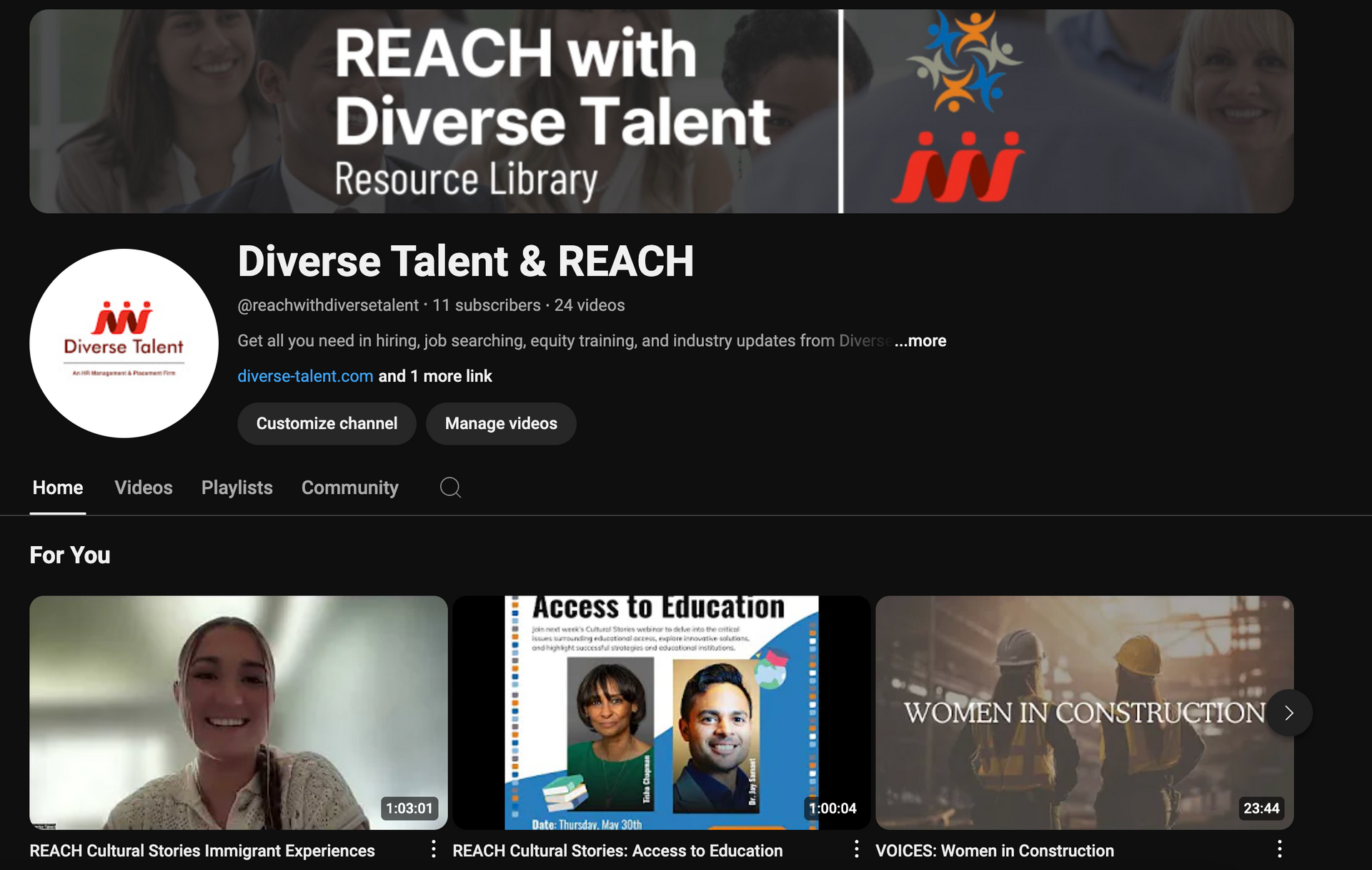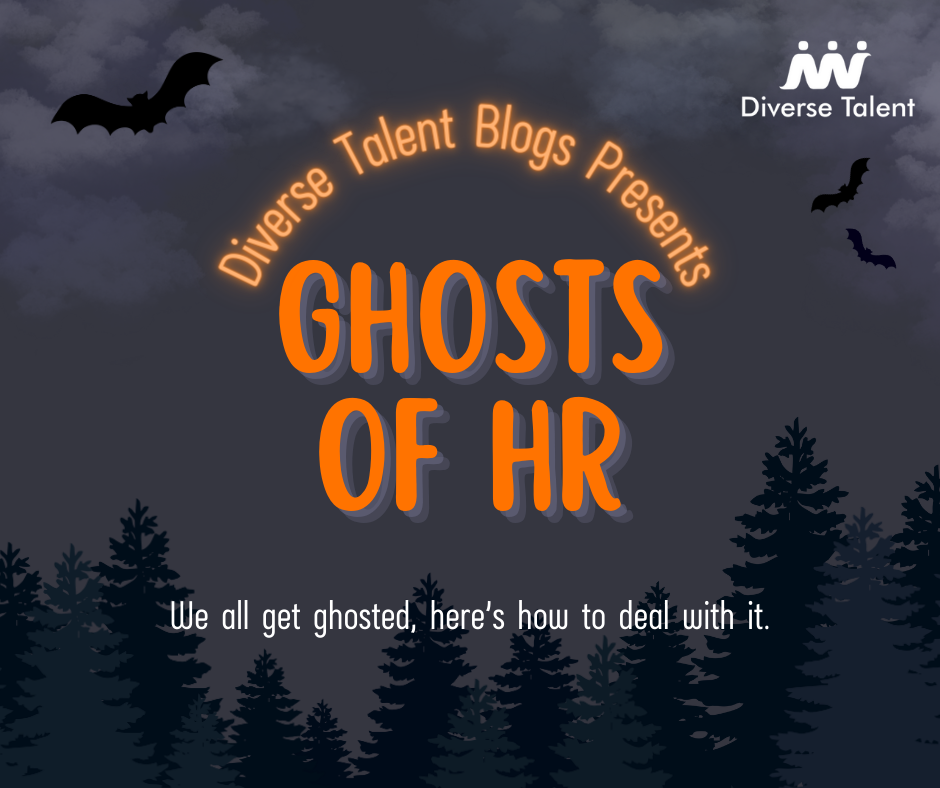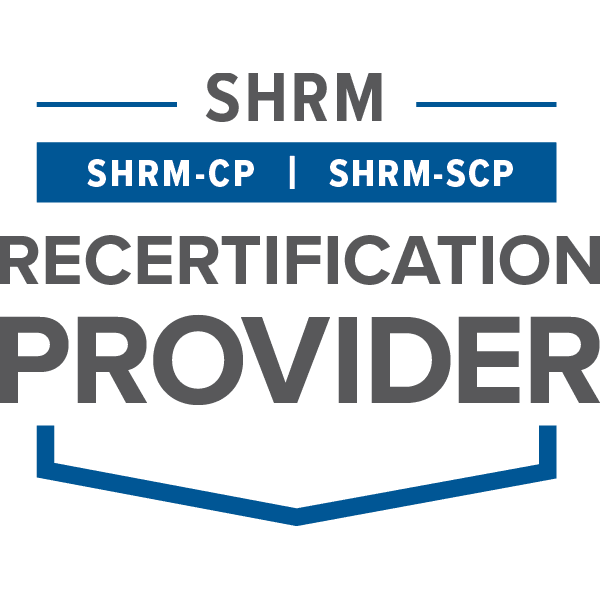NEWS & UPDATES

Check out our virtual library via our YouTube to engage with global perspectives, learn more about professional industries, and stay updated with the trends of your career.

While we are only 2 months into 2025, it may feel we’ve lived many lifetimes already. February is Black History Month, and this year it is essential to celebrate and support leaders and people of influence more than ever. As media coverage and information continue to grow at the tip of our fingers, it’s easy to feel that being just one person, you can’t make a huge difference for huge causes, but that is not the case. As professionals, every year we meet with our team, with our supervisors, and focus on goal setting. One major suggestion when entering this planning stage, has always been to set achievable goals. Don’t create chaos in your mind trying to achieve an unachievable goal, our supervisors tell us. The same goes for support change and community. You don’t have to be a major donor to a cause, or a legislator, decision-maker to be the change you want to see. Black history month is and always has been essential to education and honoring stories and perspectives of those that paved the way for communities of the present and future. Below, we’ve outlined ways to be an ally and support Black History Month this month, and every month after. Shop Local, Black Owned Businesses Small businesses thrive off community support. Individual care and attention go into each service and product a local business produces. So, next time you need a coffee on the go, a brunch spot to meet your friends, a new work outfit, or a concert for your next weekend outing, do a google search of black owned businesses around you, try it out, and refer your friends. Educate Yourself Did you know it was a black woman, Marie Van Brittan Brown, that invented the first home security system, which included a camera, peepholes, and a two-way communication system? Or a black man, Garrett Morgan, who invented the 3-light traffic light? Many life changing and saving innovations are credited to people of color, specifically African American people. Doing research and educating yourself on black leaders and people of influence can continue the knowledge and support of the black community, and further the narrative that teams and ideas flourish under diverse perspectives. Volunteer Act, to make change. Research organizations and causes that support racial justice, social equality, and community development. Join groups that work together to support community and engage your skill sets to work together and make a change. Ask the Questions, Use Your Voice See something, say something. If you see a coworker experiencing discrimination, call it out. If your organization is not operating inclusively, set a meeting with your manager to start the conversation. For more information on causes to support, where to start, and how to make change, contact Diverse Talent.

As the New Year kicks off, leaders are invited to take time to redefine aspirations for personal and professional growth. Goal setting as a leader helps to push forth an environment of accountability and ambition within teams. By embracing SMART goals ( S pecific M easurable A chievable R elevant T ime-bound) leaders provide strategy and achievable goals that resonate with evolving demands of 2025. If you are finding yourself drawing a blank in beginning the stages of goal setting for 2025, see below for a guide and items to consider adding to your spread: Begin by reflecting on the past year. What went well? What challenges arose? What needs to be discontinued? Identifying achievements and problem areas from the previous year can help in defining where to focus in the new year. This reflective process lays the groundwork for future successes. Connect with different teams and lead discussions to gain all perspectives of previous work, with a clear understanding of past performance and data. Engage your Team. When charting the course for the company’s future, engaging the team in thoughtful dialogue to gather invaluable feedback about ongoing projects and programs helps leaders understand not only what has fueled the organization’s successes, but also what challenges remain. True growth stems not only from pursuing high targets, but also from embracing diverse perspectives and insights from your team. Set Accountability Measures. Once your goals are set, it’s imperative to continue check ins and maintain accountability throughout the year. Scheduling 360 reviews with your teams s not just a procedural obligation, but an essential practice to ensure everyone feels encouraged to receive and give feedback and gain valuable insights that can shape the professional development of the team. Moreover, continuing the refinement of established goals is vital for maintaining focus and direction. As your team engages in regular discussions about their objectives, it facilitates a dynamic process of assessment and adjustment. This ongoing refinement not only ensures that everyone remains aligned with the overall vision but also fosters individual accountability, making each team member a crucial part of the larger mission. Continue your Leadership Education and Professional Development. Continued education is at the forefront for continued success of your individual position and company. Sharpen your leadership skills and ensure you’re up to date on how to effectively lead your team with online or in person programs. Diverse Talent’s DT University is a virtual, 6-session course focused on refining leadership qualities and skills. Meet with a mentor each week and learn through facilitated conversations and workshops to enhance your leadership abilities. For more information, contact us at DT@diverse-talent.com , or visit our website at www.diverse-talent.com .

The job market, quiet quitting, uprise of the digital age, and the decline of DEI? The professional world moves quickly, and it’s easy to get lost in the conundrum of new news. Here is your mid-year update. AI is Updating…Surprise Surprise Generative AI is updating their experience from transactional to a more personal approach. Individuals use of the internet will change, implementing 2-way conversation and solution focused models allowing users to get a more catered response. These updates will grant users a deeper understanding, and companies a more “human-like” vision of the brand. The New Future of Planning The concept of tradition has been molded, shifted, and completely torn apart in the past decade. Most of these shifts are seen as positive, yet some pose greater challenges than not. The rise of cost of living and cost of consummation has individuals adjusting their priorities. The global pandemic also threw a wrench in the ways of planning, pushing organizations to shift focus on fluidity and flexibility to ensure retention and growth. The Not So Quiet Quitting Quiet Quitting is a term that has been frequently thrown around since the pandemic. Commonly coined by social media, the act of quiet quitting refers to an employee doing the minimum requirements of their job, lacking effort, creativity, and excitement. According to a Gallup survey of workers taken in June 2022, quiet quitters make up at least 50% of the U.S. workforce. This act can be avoided by managers and organizations through regular check ins, employee surveys, and attention to creating a work-life balance. Technology in 2024: Helpful or Overwhelming? Tech advances are happening so rapidly, many feel that it’s become almost impossible to keep up. The advancement of technology is meant to make life easier, however some feel it’s doing the opposite. In addition to user error, technology is also playing a major part in mental health deterioration and wellbeing. The battle for attention, the pull of creativity, and most importantly – the brain rot. Are we letting this go too far?

Growing your organization requires the right team. Hiring the right team requires the right approach. Vetting and getting to know potential hires is key to building an effective culture. Interviewing candidates is your first chance to understanding applicants, their skill sets, their professional goals, and more. But just as you are vetting applicants, they are vetting you. The interview process allows applicants to gain a better understanding of your organization’s goals, culture, and needs. Setting the right example and perspective on your company begins with your interviews. One wrong or controversial question, and that could break a potential beneficial business relationship. See below for examples of questions to avoid asking candidates in interviews, and why. Are you planning to start a family soon/Are you planning to expand your family soon? While this seems like an obvious conflict, many companies are still asking this to potential employers. This makes the applicant feel like that would make or break their candidacy. Mothers and fathers in business want to feel support from their employer, an unspoken sense of support. Starting a family or having a family does not dictate a candidate’s professional abilities, therefore there is no reason to ask. What are your religious, political, and sexual stances? Again, these are personal attributes that do not affect a candidate’s ability to perform professionally, therefore can be seen as inappropriate and reason for termination of consideration for candidacy. Where are you originally from? While on the surface this may seem like an innocent question, it is illegal under Title VII of the Civil Rights Act of 1964 making it illegal to discriminate against someone on the basis of national origin. If you ask, you could be accused of discriminating against them. You can, however, ask if the candidate will be able to report to the position location required by the job opening. How old are you? It is illegal to ask someone’s age, you are only allowed to confirm the candidate is of legal age to work full time, being 18 years old. What salary did you make at your previous role? Many states have implemented a salary transparency law, enforcing job postings and descriptions must portray the salary range for the position. Even if your state does not have this law, it is safe to avoid asking a person’s salary history. Instead, share the salary range and confirm the candidate’s expectations are within the range. As the market continues to be competitive and ever changing, engaging a 3 rd party service like Diverse Talent can greatly benefit in finding your organization’s right fit based on our industry expertise.

After resignations and layoffs during 2023, it is crucial for employers to leverage technology to help their employees thrive. Employees are seeking good company culture, growth opportunities, and company priorities which help to retain and attract employees. When looking for new talent, we first must understand what job seekers are looking for. Here are some of their top priorities in 2024: Participation in meaningful work Engagement with good management Increased work-life balance Desire for hybrid or remote work The labor force is changing, and employees aren’t afraid to stand up for what they want. Job descriptions and interviews can portray the company values and culture which can make all the difference in the choice an employee makes. Including remote workers in your search opens opportunities to find talent in a wider area and reduces the impact employees have on the environment by reducing or eliminating their commute. With the focus on new employees during 2024, focus still needs to be on the current employees, the ones who the workforce is not limited to understanding what jobseekers are looking for. Current employees also have desires. Some of which are listed here: Retention Promotion and growth Development and upskilling Fear of job replacement by technology Your employees want to stick around and as a business leader you are responsible for giving them reasons to. Competitive pay is a bonus, but also leveraging HR and creating a space where your employees feel comfortable and valued is just as important. Help provide your employees with the resources and time to learn more skills, after all it only makes them more valuable to your company. How can you leverage technology in HR in 2024? Writing job descriptions and filtering candidates Automation of tasks and training Finding and generating key words Gathering data to make informed decisions Technology and AI will continue to have an increased presence in the workplace and should be used as tools. They are not meant to replace your work and instead should be used to drive efficiency. You should use AI to help write job descriptions, assist in scheduling, generate interview questions, help jumpstart a brainstorming session, and improve your company’s visibility through SEOs. Your company should even use technology to gather data on employees. See what skills they lack, what your company culture is lacking, and then use online platforms to train and upskill your employees. In 2024 decisions regarding employees should be driven by data. If your company does not leverage all the data accessible you will fall behind. Use technology to find, retain, and train your employees. If you are looking for talent or HR services, contact us at DT@diverse-talent.com . We’ll help gather data throughout the search process to ensure that we bring quality candidates to you. We focus on highlighting a workforce that reflects our country’s demographics and are eager to connect with potential candidates to fill your open positions.

In honor of spooky season, there is one ghoul that has no kryptonite in the realm of HR…Ghosting. As HR professionals, we’ve all been there. You set up an interview with a stellar candidate on paper, join the video call 10 minutes early to ensure professionalism, and wait. 5 minutes. 10 minutes. Anxieties and frustrations rise. Your mind goes to the negatives; “How dare they waste our time!” “They were probably trying to scam us.” “Better now than later!” In today’s professional world, today’s job market, jumping immediately to the negative will only hurt your process and company in the long run. The world of work is changing, and we must take all the steps before diving headfirst into cynicism. So, You’ve Been Ghosted…What’s Next? Let’s start with an example: Molly, a Houston resident Software Engineer, is set up with an interview for your open role. Her background and skill sets look like a perfect fit. Scheduling the interview via email was fast and promising. The calendar invite went out, Molly accepted it, you’re moving right along. The interview comes, you and your colleague wait 10 minutes after Molly’s call time, but alas, no Molly. So, what comes next? Your impulse may tell you to scratch her from the running. You don’t need to follow up, she was the one who ghosted you! No excuse will suffice, you’re onto the next one. But what if Molly did have a viable excuse? What is Molly works from home and her power went out last minute? What if Molly is a single mother and her child’s school called with an emergency? Next time, and there will be a next time, fight the impulse and try to take the following or similar steps: Give your candidate a call! Technology, as advanced as it’s become, continues to glitch, and give users issues. Your candidate may be frantically and desperately trying to login and experiencing difficulties. Send a follow up email. There is a reason you and your team were so thrilled about the candidate. Giving a candidate grace, sending a “We missed you on the interview, willing to reschedule?” note can go a long way in not only working toward the perfect match for the role, but the candidate will see that you’re a company that values and understands people’s experiences. Even if the no-show is a deal breaker, don’t let the relationship obliviate. Your candidate no showed and now has been removed from consideration for the role. Even though they did not offer you any reasoning, sending an email explaining your reasoning will round out the process, with you and your organization taking the high road. It may be Halloween time, but reactions and impulses don’t have to be a nightmare. For more guidance or information, visit www.diverse-talent.com

There is no question that a racial and gender pay gap exists and persists across all industries in the United States. Slowly but surely small steps have been taken to close the gap, but nonetheless, the gap remains. This can be very frustrating for professionals in HR and job seekers that want to make a change, but don’t always have the power to do so. Change does not always have to be the responsibility of major organizations and officials. Change begins with you. Below, we have listed various ways you yourself can close the pay equity gap and start making changes in your organization. Let’s Start with Stats In 2023: · White women make $0.73 for every dollar a White Man makes. · Black women make $0.64 for every dollar a White Man makes. · Latina women make $0.54 for every dollar a White Man makes. · Native American women make $0.51 for every dollar a White Man makes. In 2020, Men ages 45-54 were paid 30 percent more than women of the same age.* What Can You Do? Diversify your Executive Level Hiring The pay gap is contributed by “occupational segregation”, meaning that women and women of color are strongly represented in lower paid positions and industries, with little to no internal growth, including caregivers, education, administration, and more. Considering and hiring women and women of color in executive opportunities will close the pay gap significantly, especially internally for your organization. Statistics show that a diverse team at the executive level leads to increased productivity, perspectives, and positive moral. Job Seekers: Do Your Research If you are in the market for a job, make sure you conduct your research on what level and compensation your skill sets and experience require. Knowing the market and industry hiring trends before you get into the interview stage of negotiations will greatly assist in communicating your expectations and advocating for the treatment you deserve. HR Departments: Cultivate an Inclusive Organization To diversify your organization, it’s essential that your hiring process is inclusive, and your company culture reflects one that will retain diversity. Ensuring your interview questions and qualifications are equitable and representative of all backgrounds will bring a broader slate of talent and provide confidence in job seekers that your organization is committed to engaging multiple perspectives. Having internal resources and diverse representation at the executive level will lead to better retention diverse perspectives, and in turn lead to a more diverse executive team. Change starts with you and your team. If you are still hesitant on what you can do, contact DT@diverse-talent.com to set up a consultation and discussion. Statistics found via Pew Research Center, Article by Eileen Patten.





